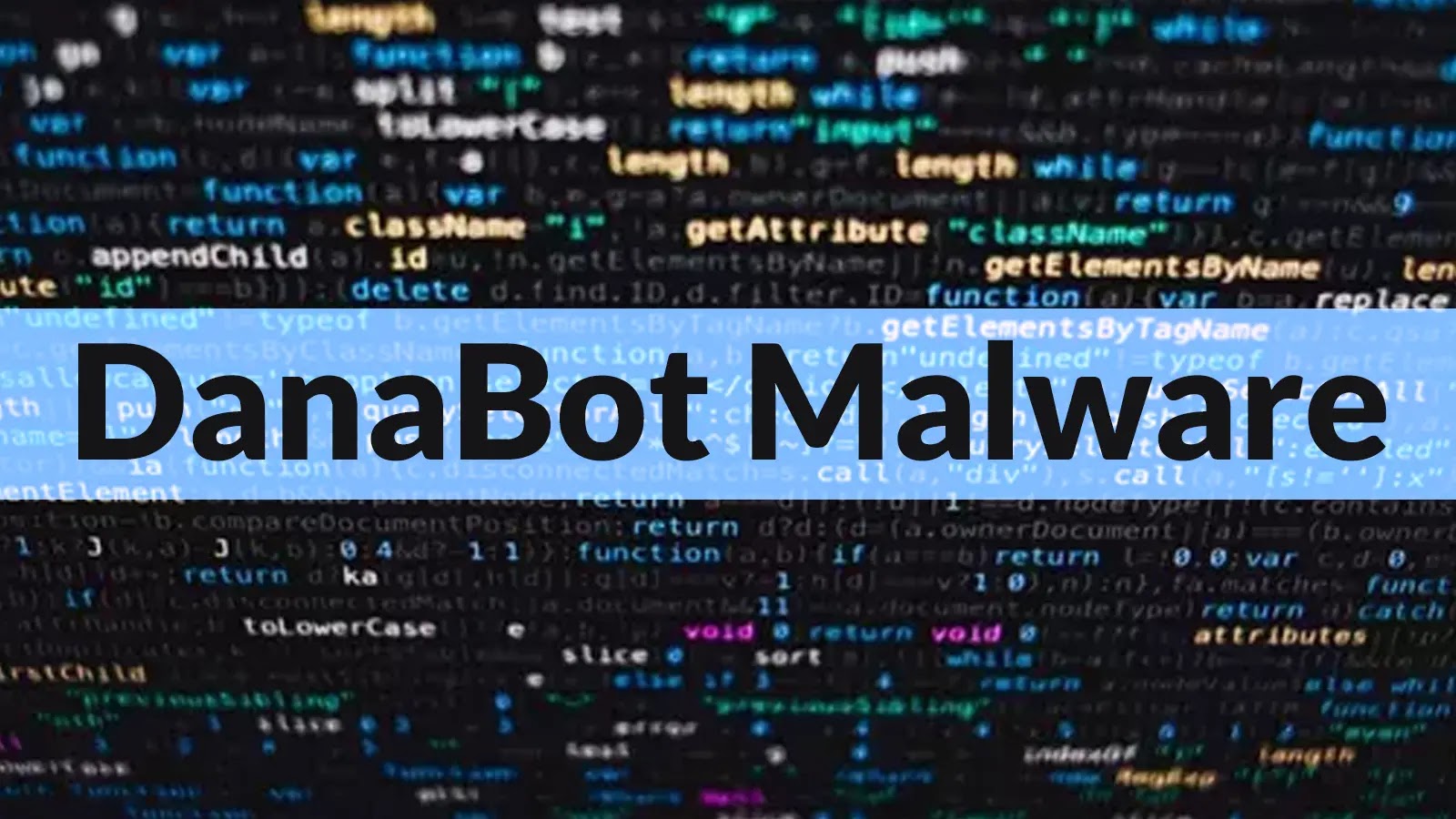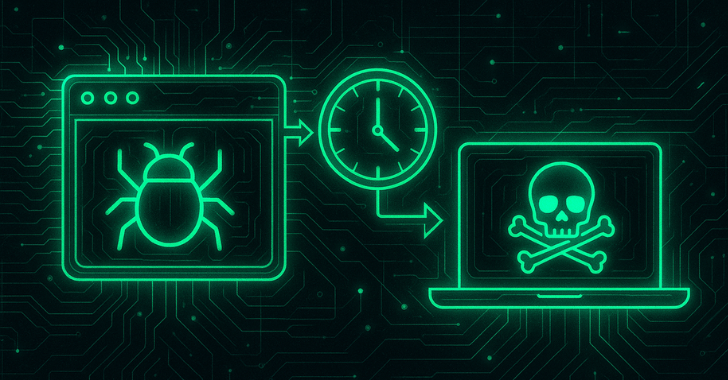In June 2025, a Russian blockchain developer fell victim to a sophisticated cyberattack, resulting in the theft of $500,000 in cryptocurrency assets. The attackers exploited a malicious extension within the Cursor AI integrated development environment (IDE), highlighting a concerning trend in supply chain attacks targeting AI-assisted development tools.
The Attack’s Genesis
The incident began when the developer, known for stringent security practices, installed a fresh operating system and sought a Solidity syntax highlighting extension for the Cursor AI IDE. Despite utilizing online malware detection services, the developer inadvertently installed a malicious package named Solidity Language, which had amassed 54,000 downloads before its detection and removal.
Manipulation of Search Rankings
The attackers cunningly exploited search ranking algorithms to position their malicious extension above legitimate alternatives. By publishing their extension with a recent update date of June 15, 2025, compared to the legitimate extension’s May 30, 2025 update, they manipulated the Open VSX registry’s relevance-based ranking system. This system considers factors such as recency of updates, download counts, and ratings, allowing the malicious extension to appear fourth in search results, while the authentic extension ranked eighth.
Infection Mechanism
Upon installation, the malicious extension initiated a multi-stage attack chain:
1. Initial Contact: The extension’s JavaScript file contacted a command and control server at `angelic[.]su`.
2. PowerShell Script Execution: It retrieved a PowerShell script from `https://angelic[.]su/files/1.txt` to check for the presence of ScreenConnect remote management software on the victim’s machine.
3. Secondary Script Deployment: If ScreenConnect was absent, a secondary script from `https://angelic[.]su/files/2.txt` downloaded the ScreenConnect installer from `https://lmfao[.]su/Bin/ScreenConnect.ClientSetup.msi`.
4. Establishing Persistent Access: The legitimate ScreenConnect tool was configured to communicate with the attackers’ infrastructure at `relay.lmfao[.]su`, providing persistent access to the compromised system.
This method demonstrates a sophisticated understanding of both social engineering and technical evasion techniques, blending malicious activity with normal system operations.
Broader Implications
Further investigation revealed that the attack was part of a well-organized operation extending beyond this single incident. Researchers discovered related malicious packages, including solsafe in the npm repository and three additional Visual Studio Code extensions: solaibot, among-eth, and blankebesxstnion. All employed identical infection methodologies and communicated with the same command and control infrastructure.
The Rise of AI-Driven Cyberattacks
This incident underscores a growing trend where cybercriminals exploit AI development tools to infiltrate systems. The integration of AI into development environments offers numerous benefits but also introduces new vulnerabilities. Attackers are increasingly targeting these tools, knowing that developers often trust and rely on them for their projects.
Historical Context
The cryptocurrency sector has witnessed several high-profile hacks in recent years:
– Bybit Exchange Hack (February 2025): Hackers stole $1.5 billion in Ethereum from the Dubai-based exchange, marking one of the largest digital heists to date. ([amp.theguardian.com](https://amp.theguardian.com/technology/2025/feb/23/crypto-exchange-seeks-bybit-ethereum-stolen-digital-wallet?utm_source=openai))
– WazirX Hack (July 2024): The Indian cryptocurrency exchange suffered a loss of approximately $234.9 million, with the attack attributed to the North Korean Lazarus Group. ([en.wikipedia.org](https://en.wikipedia.org/wiki/2024_WazirX_hack?utm_source=openai))
– Poly Network Exploit (August 2021): Hackers transferred over $610 million in digital assets, exploiting vulnerabilities in the DeFi platform. ([en.wikipedia.org](https://en.wikipedia.org/wiki/Poly_Network_exploit?utm_source=openai))
These incidents highlight the evolving tactics of cybercriminals and the increasing sophistication of their methods.
Recommendations for Developers
To mitigate the risk of such attacks, developers are advised to:
1. Verify Extensions: Always download extensions from official and reputable sources.
2. Regularly Update Software: Ensure that all development tools and extensions are up-to-date to benefit from the latest security patches.
3. Implement Multi-Factor Authentication (MFA): Enhance security by requiring multiple forms of verification.
4. Monitor System Activity: Regularly check for unusual activities or unauthorized access.
5. Educate Teams: Conduct regular training sessions on the latest cybersecurity threats and best practices.
Conclusion
The theft of $500,000 in cryptocurrency assets through a malicious AI extension serves as a stark reminder of the vulnerabilities present in the rapidly evolving tech landscape. As AI tools become more integrated into development processes, it is imperative for developers and organizations to remain vigilant, adopt robust security measures, and foster a culture of continuous learning to stay ahead of potential threats.



